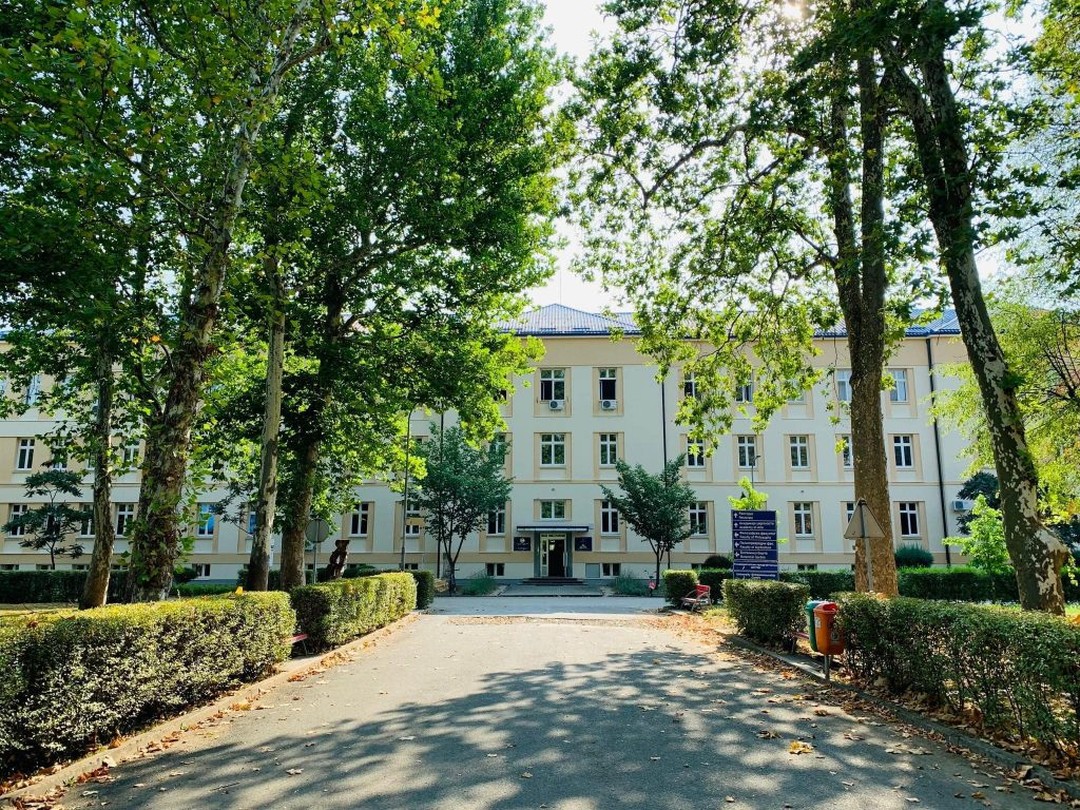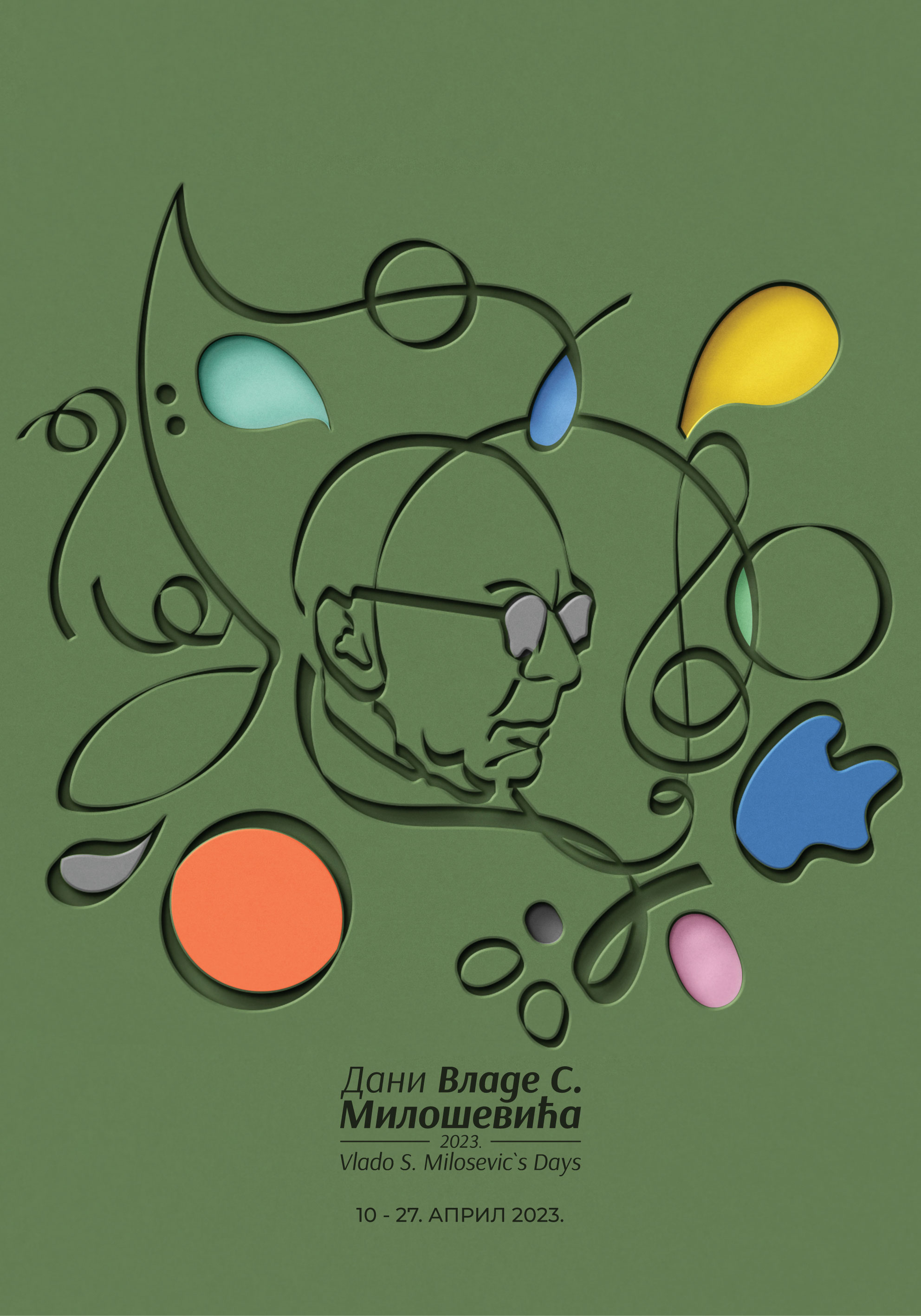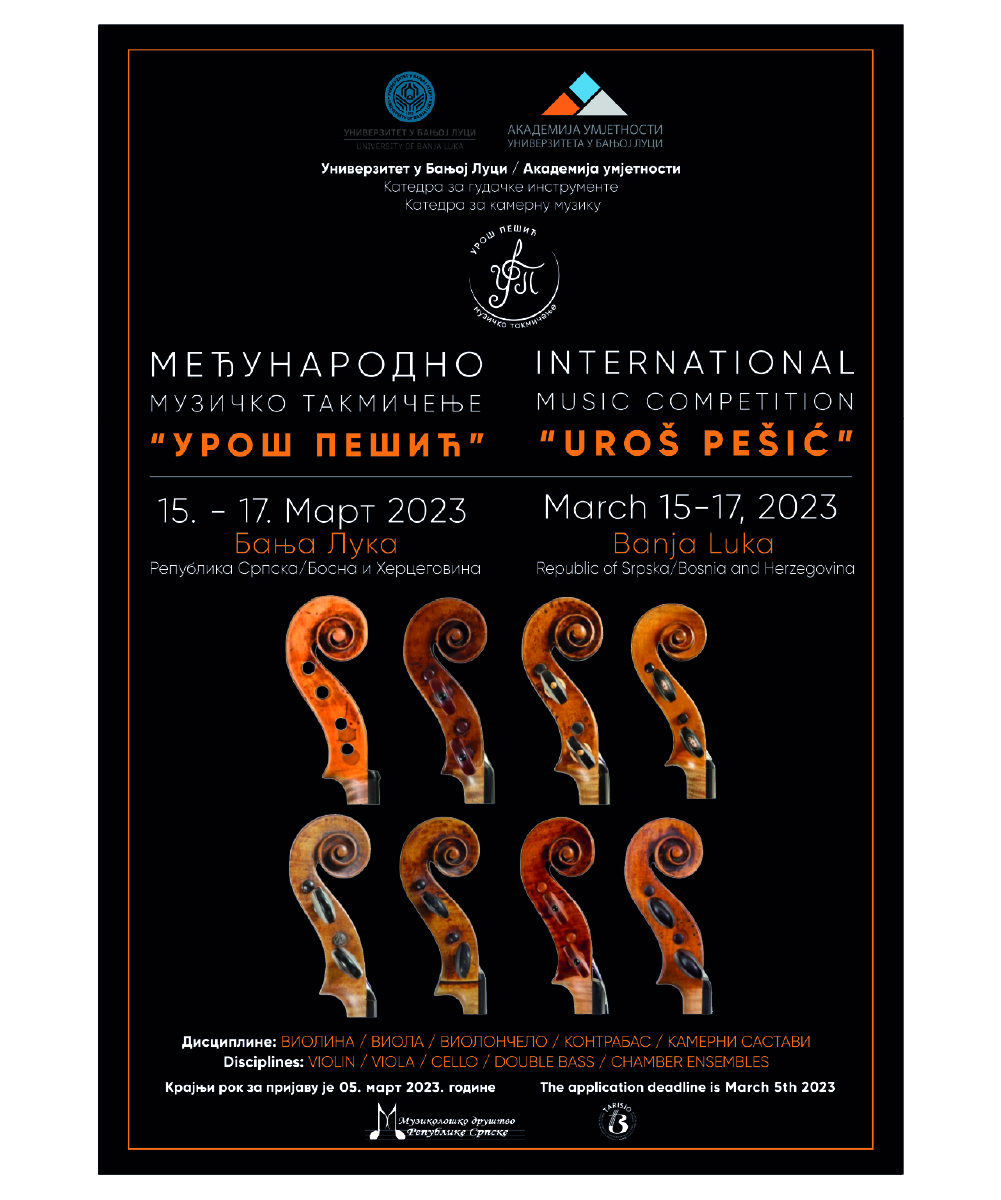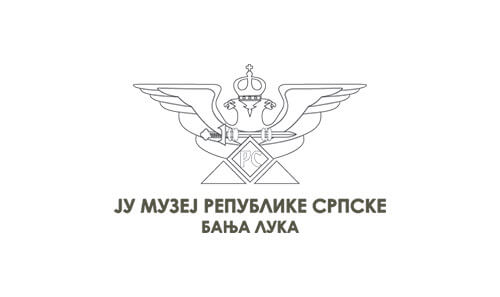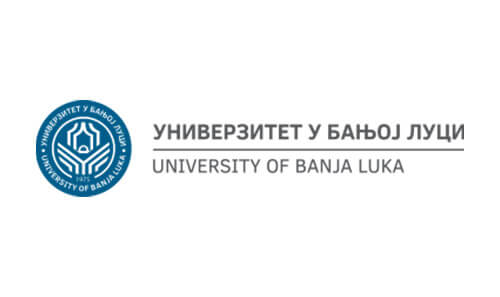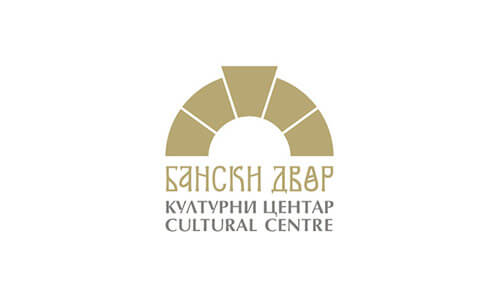
Interior design
Interior Design is a new interdisciplinary study program at the University of Banja Luka, implemented in collaboration between the Faculty of Architecture and Civil Engineering (Architecture study program) and the Academy of Arts. Therefore, this study program is conceived as a specific discipline at the intersection of art, design, engineering, science, and technology, where human beings are the measure of all things. Its concept is based on the development of skills and knowledge in dealing with spatial design, which extends to the skill of furniture design and material design. Engaging with architectural, design, and abstract space, space in art, through the study of related artistic disciplines in a broader social, economic, and cultural context, contributes to shaping the contemporary professional profile of interior designers.
Interior Design
Program details brochure
01.
Who enrolls in the program
Interior and Furniture Design is intended for students who have interests in contemporary design and artistic practices, new trends in architecture, and the laws of visual culture. This is a program designed for young people, individuals, creatives, those who are simultaneously interested in both science and art, Wagner and Bowie, Degas and Basquiat. Interior Design is for students interested in interior architecture, furniture design, textiles, and scenography. This program will attract those annoyed by uncomfortable chairs, those whose breathing is hindered by low ceilings and excess items in the room, in short, for all those who question the aesthetics and character of the space around them, both in the overall picture and in detail. Upon completion of the program, students are equipped to work independently in design and architectural studios, cultural institutions, or within their own practices, as well as to continue their education in the second and third cycles of academic studies.
02.
Studio Design Concept
The cornerstone of conceptualizing the Interior Design study program is the Studio Design, which involves teacher-led work with a small group of students at all study years, in accordance with the applicable regulations. The specificity of studying design skills and knowledge, which involves training students for independent interior project development, requires individual and mentor work, on a "one-on-one" basis. Students master various teaching techniques and forms: theoretical lectures, practical exercises, theoretical exercises, fieldwork, intensive workshops, study trips, presentations, and debates, aimed at interior project development. The subject matter contributes to the multidisciplinary interaction of acquired knowledge. In addition to subjects from basic disciplines such as architecture and arts, the program is expanded by studying interior styles, scenography, urban space and furniture design, lighting design, and contemporary interdisciplinary arts. In the higher years of study, prior knowledge and experience are applied in the realization of interdisciplinary projects covering contemporary artistic, design, and architectural practice.
03.
Acquired knowledge and skills
The outcome of the learning process within the Interior Design study program - the first cycle is the acquisition of knowledge and skills for independent and responsible engagement in the design profession, in accordance with national regulations and the EU Directive on regulated interior design professions. The knowledge, skills, and competencies acquired during the study enable students to solve problems that arise in the profession, practice, and research. Upon completion of the Interior Design study program - the first cycle, students can apply their knowledge within a broader interdisciplinary context related to the field of applied arts and design, and further specialize according to acquired affinities and design sensibilities in related interdisciplinary studies in Bosnia and Herzegovina and abroad. Upon completion of this study program, students acquire specific competencies to design interiors and furniture in accordance with the requirements of contemporary design and the global market; analyze the needs, goals, and requirements of interior users; think about design from various aspects and integrate it into a functional-aesthetic response to the given problem; apply knowledge within the broader context of design; formulate a preliminary design concept that is suitable, functional, and aesthetically complete; develop and present the final interior design idea using contemporary means; prepare working drawings and specifications for construction, materials, and finishing of interior elements and furniture installation and other equipment; supervise and evaluate interior design solutions during construction work; critically reason about design, aesthetics, and functionality in contemporary design trends; have the ability to understand and develop new trends in the field of contemporary interior architecture and furniture design; provide an active contribution to the development of the economy in the context of the furniture industry, understanding industrial logic, organization, and production technology.

Where does the education take place
The classes are held Faculty of Architecture, Civil Engineering and Geodesy (photo by Relja Ivanić), located within the Student Campus. The spaces of the new building are equipped with modern workstations, including a large faculty library, classrooms, studios, and an amphitheater.
Virtual tourApplications for entrance exam
The administrative body responsible for the interdisciplinary study program in Interior Design is the Faculty of Architecture, Civil Engineering, and Geodesy. Candidates apply to take the entrance exam and enroll in the academic year through the Student Service of the Faculty of Architecture, Civil Engineering, and Geodesy.
Entrance Exam
How to enroll in interior design
01.
Undergraduate studies
Upon completion of this study program, the student acquires specific competencies to design interior and furniture in accordance with the requirements of contemporary design and the global market. After completing the undergraduate studies, i.e., the first cycle, the title of a graduate interior designer is obtained – 240 ECTS.
The curriculum for Interior Design is available at the following link.
-
Right to Enrollment
The right to enroll in the Bachelor's study program in Interior Design is held by all candidates who have completed four years of secondary education according to the conditions specified in the competition announced by the Ministry of Education and Culture, at the end of the academic year, according to the academic calendar adopted by the Senate of the University of Banja Luka before the start of each academic year. The number of students in the Bachelor's program in Interior Design is determined in accordance with the University's student enrollment plan for each academic year. For the academic year 2024/25, the number of places for candidates to be enrolled in Interior Design is 15 for students from Bosnia and Herzegovina and 2 for international students. There are 5 budget-funded places, while the remaining places are self-financed. The tuition fee for self-financed students and foreign nationals for the academic year 2024/2025 is 3000.00 KM.
When applying for the enrollment competition, candidates submit:
Documentation
Applications for the competition are submitted to the Student Service of the Faculty of Architecture, Civil Engineering, and Geodesy. When applying for the competition, candidates submit:
1. documentation as listed in the competition announcement, a 2. portfolio with at least 10 works from 10 visual arts and design areas, with a statement of authorship confirming that the candidates are the authors of the works submitted for the entrance exam. The exam will be organized in accordance with the Akademic Calendar. It will take place 4 consecutive days per week. Candidates are required to bring their ID card or passport to the exam.
Evidence of inclination
Candidates submit a portfolio with at least 10 visual works (in the field of design and arts) - through which they present themselves. The format of the portfolio attachment is B1 - 100x70 cm. Smaller formats of works can also be found on the given format optionally.
Preparatory Classes
Prospective students have the opportunity to prepare for the entrance exam by participating in preparatory classes jointly organized by the Faculty of Architecture and Civil Engineering (FCE) of the University of Banja Luka. The preparatory classes for Perception and Presentation of Space will be held at FCE in May, while the preparatory classes for Model and Still Life Study will take place at the Faculty of Arts (FA), about which candidates will be informed in due time through the official website of FCE and FA UNIBL.
Examples of tasks with solutions can be found on the followin link.
-
Entrance Exam
The entrance exam lasts four days.
First Part - Perception and Presentation of Space (20 points). The test duration is 150 minutes. Candidates must achieve a minimum of 7 points to pass.
Examples of tasks with solutions can be found on the followin link.
Second part - model of spatial relations according to given parameters (20 points)Time for solving the test: 180 minutes. The candidate must achieve a minimum of 7 points to pass.
Third part - still life study (20 points)
Work time: 240 minutes. The candidate must achieve a minimum of 7 points to pass.
Information
All additional information can be obtained at Academy of Artsand Faculty of Architecture, Civil Engineering and Geodesy.
-
Rank List
The maximum number of points that can be achieved in the exam is 70. High school success allows for a maximum of 30 points. A candidate can score a maximum of 100 points in the entrance exam under both criteria. In case of the same total number of points for two or more candidates, preference is given to the candidate with a higher number of points obtained in the entrance exam.
Candidates who have scored a minimum of 7 points in each of the first three parts of the entrance exam (the first round) qualify for the second round and must attend an interview with the commission on the fourth day. The list of candidates who pass to the second round of the entrance exam will be published on the faculty's website after the completion and evaluation of the first round of the entrance exam. The commission for the entrance exam, after the second round, establishes the rank list of candidates who have passed the entrance exam based on the total number of points achieved under both criteria (entrance exam and high school success). Candidates who have scored at least 21 points in the entrance exam (in the first round) and have achieved an average grade higher than 2.6 during their four-year schooling are eligible for enrollment. Additional specifics of the entrance exam will be specified in the competition for student enrollment published by the University of Banja Luka every year.
The conduct of the entrance exam and the determination of the candidate order (rank list) are carried out by the Student Enrollment Commission, composed of professors from the Academy of Arts and the Faculty of Architecture, Civil Engineering, and Geodesy of the University of Banja Luka, in cooperation with the Central Commission for Student Enrollment in Study Programs of the University of Banja Luka. After taking the entrance exam, the Student Enrollment Commission publishes preliminary results of the entrance exam on the websites of both faculties and on notice boards, along with schedules for potential appeals and access to exam papers for a period of up to 24 hours after the publication of the preliminary results of the entrance exam. After the deadline for appeals, the Entrance Exam Commission publishes the final rank list of candidates no later than five days after the completion of the entrance exam, based on which student enrollment will take place. Candidates who have passed the entrance exam for assessing aptitude and abilities have the right to be ranked on a single rank list.

